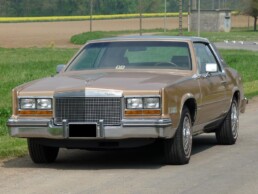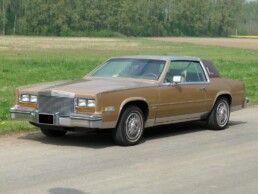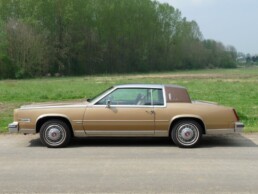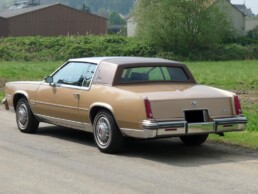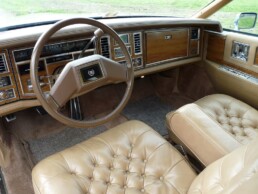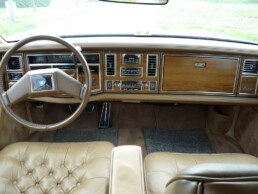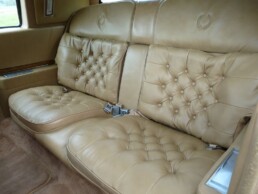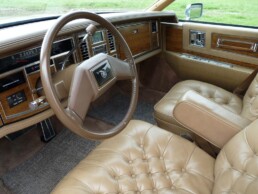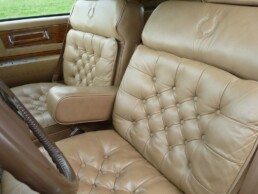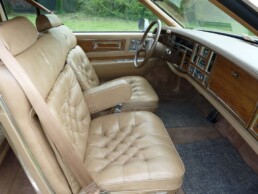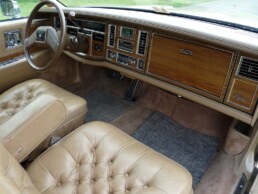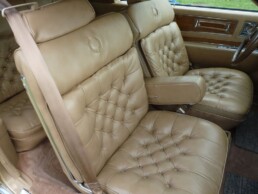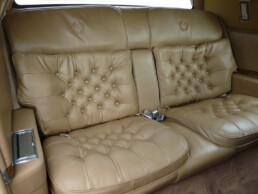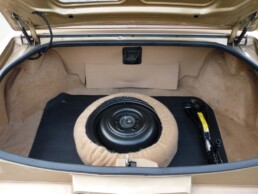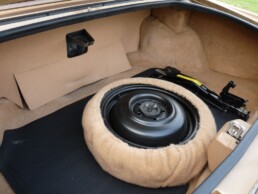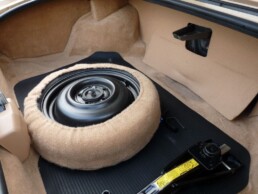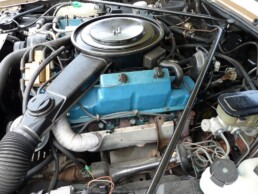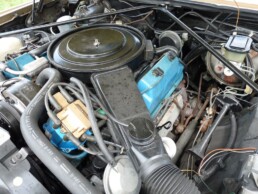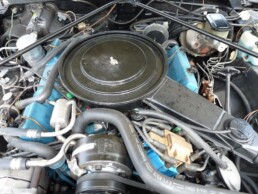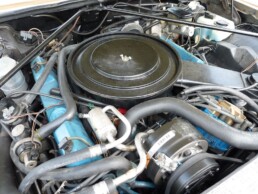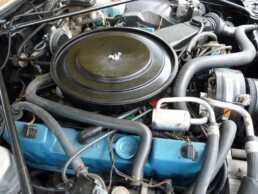Founded in 1902, the Cadillac firm celebrated its fiftieth anniversary in 1952. For the occasion, Cadillac exhibited a “dream car” which presented the sum of the technical and stylistic skills of its engineers. This prototype was so successful that the brand’s managers decided to mass-produce it the following year.
Flagship of the Cadillac range, the Eldorado was marketed for 50 years through several generations of models and in different bodies: convertibles, coupés, sedans. The model served as a rolling prototype for novelties as well as a technological showcase for the brand (in 1967, the Eldorado became Cadillac’s first front-wheel drive).
The design of the body of this new Cadillac Eldorado, which appeared in 1979, was carried out under the direction of Wayne Kady and it became a true classic of the American automobile style of the 1980s. Studied from 1976, it embodies what a modern Eldorado should have been. . It takes up the main lines of the Eldorado since 1967: a long bonnet, a short rear, straight front fenders overhanging the plunging line of the bonnet and refined vertical rear lights. But the design gains in sobriety and elegance due to its reduced dimensions. The rear window is almost vertical and the side quarter window is a natural extension of the door window from which it is only separated by a very thin pillar, as in 1967. The sill is chromed, so as to visually reduce the height of the body sides. Interior design is under the direction of Drew Hare.
The “Biarritz” finish is distinguished by its roof, the front part of which is made of stainless steel, a nod to the roof of the Eldorado Brougham of 1957, and the rear part of which is treated like a landau, that is to say covered with a vinyl imitating a condom.
